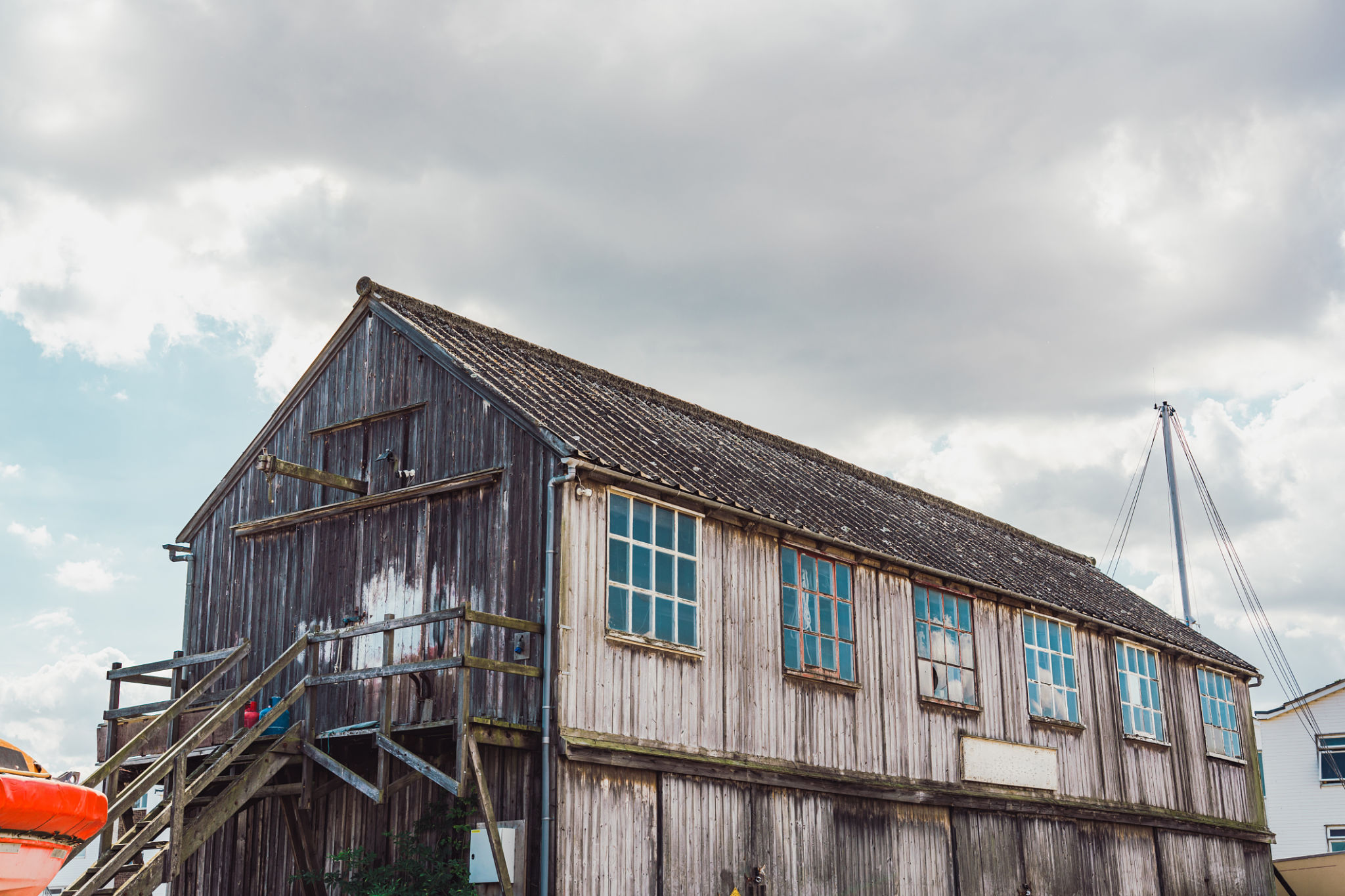Navigating Local Regulations for Rehab Gear in Harbin, China
Understanding the Regulatory Landscape
Harbin, a vibrant city in northeast China, is known for its rapid development and modern infrastructure. However, when it comes to establishing a business related to rehabilitation gear, navigating the local regulatory landscape can be complex. It is crucial for businesses to understand these regulations to avoid potential pitfalls and ensure compliance.
Local regulations in Harbin are influenced by national standards, but they also have unique requirements. These regulations may encompass various aspects such as product safety, importation procedures, and quality control checks. Understanding these elements is essential for any business looking to establish itself in the rehabilitation gear market.

Key Regulatory Bodies
In Harbin, several key regulatory bodies oversee the compliance of rehabilitation gear. The most significant among these is the State Administration for Market Regulation (SAMR), which is responsible for ensuring that products meet national quality standards. Additionally, the China Food and Drug Administration (CFDA) plays a crucial role in the oversight of medical devices, including rehabilitation equipment.
Working closely with these bodies is important for businesses to ensure that their products are approved and meet all necessary standards. Businesses should also be aware of local governmental departments that might have additional requirements specific to Harbin.

Product Registration and Certification
Before any rehabilitation gear can be sold in Harbin, it must undergo a thorough registration process. This process ensures that all products comply with local safety and quality standards. The registration can be meticulous, requiring detailed product information and testing results.
Certification is often required to verify that products meet specific standards set by regulatory bodies. This might include certifications for electrical safety, material composition, and functionality. Companies must prepare to invest time and resources into obtaining these certifications to ensure their products are market-ready.
Importation Procedures and Tariffs
For businesses looking to import rehabilitation gear into Harbin, understanding importation procedures is critical. This includes navigating customs regulations, comprehending tariff classifications, and adhering to import duties. It’s advisable for companies to work with local experts or consultants who are familiar with the nuances of Harbin's importation landscape.

Tariffs can vary significantly based on the type of product being imported. Businesses should conduct thorough research to understand potential costs and incorporate them into their pricing strategies. This understanding can help prevent unexpected expenses that could impact profitability.
Ensuring Compliance and Avoiding Penalties
Non-compliance with local regulations can result in severe penalties, including fines, product recalls, or even business closures. Therefore, it is imperative for companies to maintain a proactive approach towards compliance. Regular audits and updates on regulatory changes are necessary to stay informed and prepared.
Building strong relationships with local authorities can also be beneficial. Establishing open lines of communication ensures that businesses receive timely updates on any changes in regulations that might affect their operations.

Conclusion
Navigating local regulations for rehab gear in Harbin requires careful planning and a deep understanding of both national and local requirements. By focusing on compliance and leveraging local expertise, businesses can successfully establish themselves in this competitive market.
Ultimately, staying informed and proactive in adhering to regulations will not only help businesses avoid potential pitfalls but also pave the way for growth and success in Harbin's burgeoning market for rehabilitation gear.